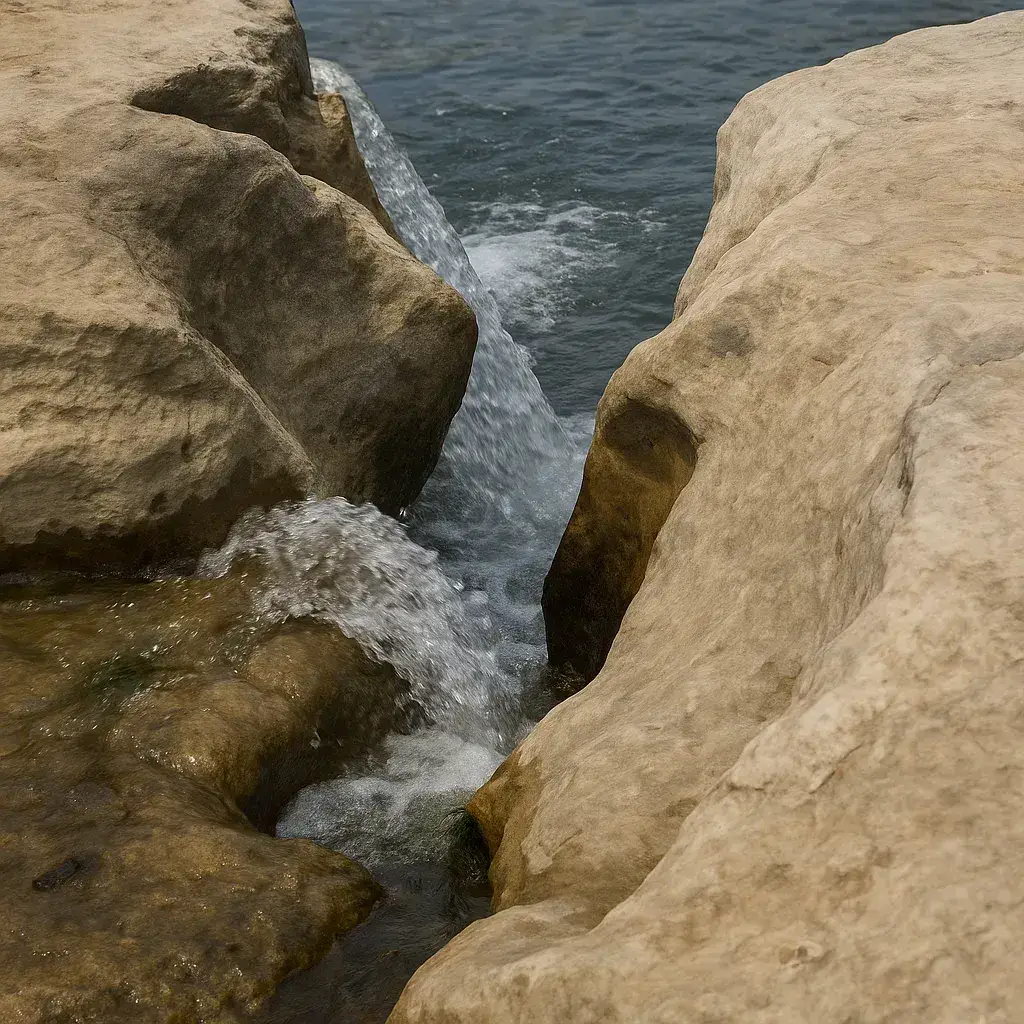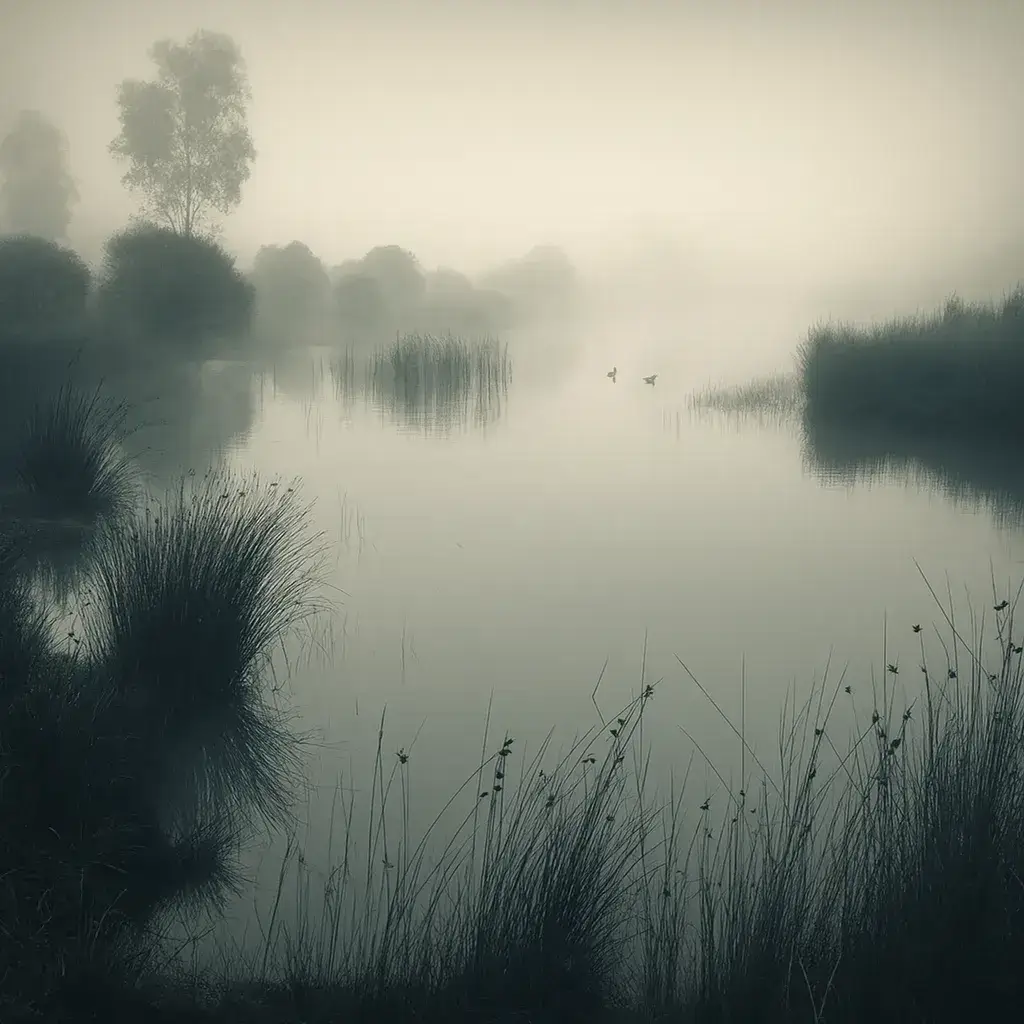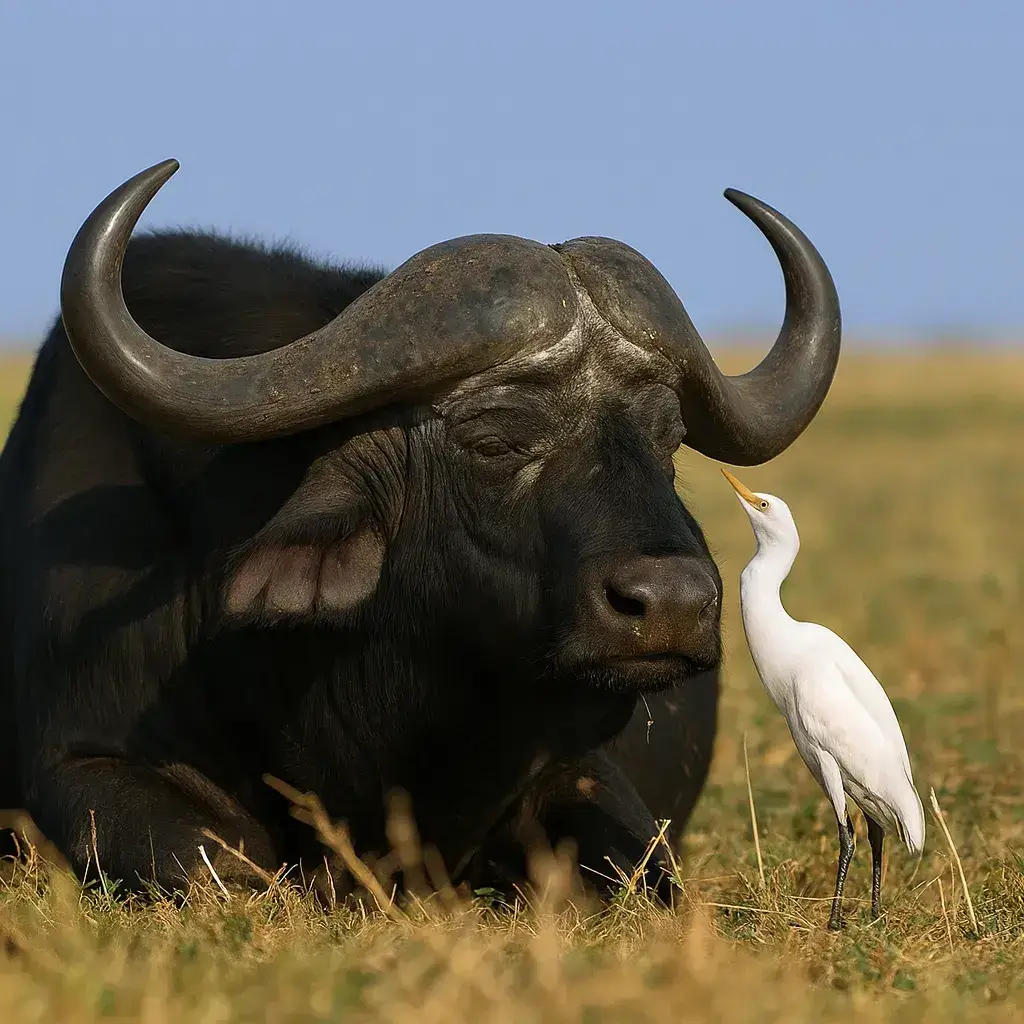Recently, I’ve been considering changing the course of my project—just a bit. Nothing extreme. But I’ve recognized something, something I can no longer overlook.
The main concept behind Dao of Transforming Trauma has always been to investigate how Daoist therapeutic techniques might aid in recovery from childhood complex trauma. That’s still accurate. That’s still the core of it. But the way I’ve been approaching it? Leading with trauma theory—Western, evidence-based, clinical language—and essentially layering Daoist ideas on top. More like seasoning.
At first, I missed it. But now I’m starting to question whether I’ve been doing this because part of me still doesn’t trust the Daoist perspective, doesn’t trust what I’ve seen with my own two eyes.
Why the Head Feels Safer
The evidence-based approach has a certain credibility. It gives the project a defensible, respectable, trustworthy quality. Behind trauma theory are studies, research, and notable figures. Daoist healing doesn’t. At least not in the same way. It’s experience-based. Empirical. Spirit-driven. It asks you to feel more than prove.
The reality is that I’m far more at ease in my head than in my heart. Always have been.
Being in my heart frightens me.
I can’t quite put it into words, but there’s this sense that opening up too much—if I lead with the spiritual, heart-based material—would cause me to lose credibility. Maybe I’ll lose control. It’s overly soft. Too open. Too easy to get hurt. I’m afraid to be called woo-woo, or flaky, or naive. I still have this deep need to shield myself from those labels.
Origin of the Fear
My fear dates back to childhood. That feeling of having to perform, to do whatever perfectly, to show I had value by knowing things—by being clever. Back then being heart-centered simply didn’t feel safe. And perhaps it still doesn’t.
And under all this, there lies something else, something difficult to define:
Sometimes I doubt my own expertise. Even after all I’ve lived through. Even after decades of practicing the Daoist healing arts and witnessing the effect they’ve had on my own life, and the lives of others.
Inside, a voice still says, “Are you sure? Are you absolutely positive?”
It’s as though I’ve absorbed someone else’s skepticism. As though I’ve been unknowingly gas-lighting myself.
Letting the Heart Lead
I’m not sharing this because I understand it all. I don’t. I’m right in the center of it.
But what I’m beginning to see—what I’m trying to allow—is that my project may have to change. Not because the trauma theory isn’t significant, but because the Daoist component merits greater space. Maybe it needs to lead sometimes. Perhaps it’s time for me to allow my heart to lead.
Even though it can be messy.
Even though it feels dangerous.
And even if I go a bit too far… and have to pull back.
Perhaps that’s the whole point.
Trusting What I Already Know
Most of my life has been spent attempting to prove I am not “too much.” Not too emotional… too spiritual… too different. However, I believe the actual healing—the sort I am trying to provide via this work—comes from knowing how to trust the aspects of myself I’ve been taught to doubt.
Perhaps the aspect of me that fears being “too woo-woo” is really the one that’s trying to heal.
Perhaps faith need not be proven for it to be real.
And maybe I don’t either.


